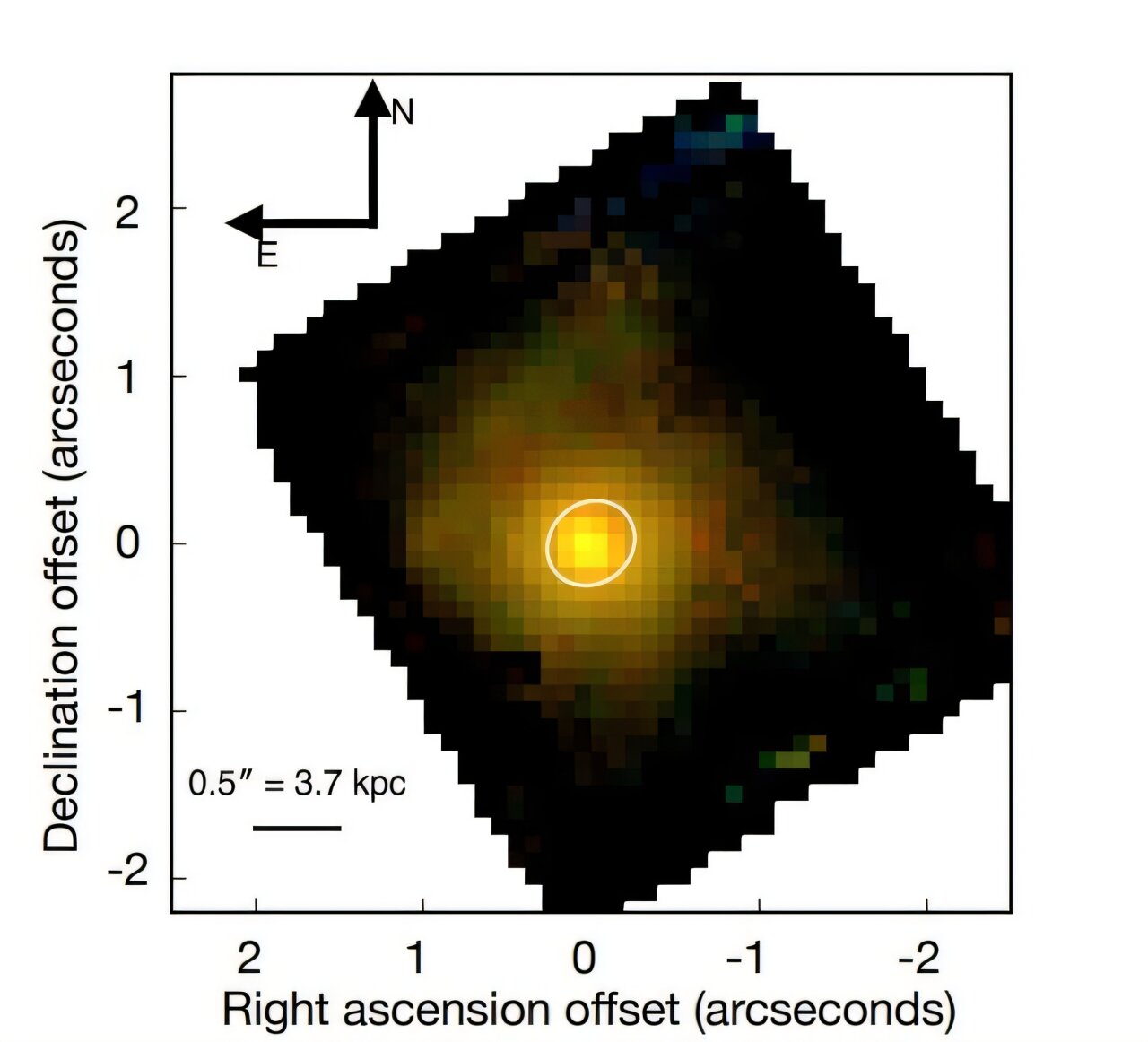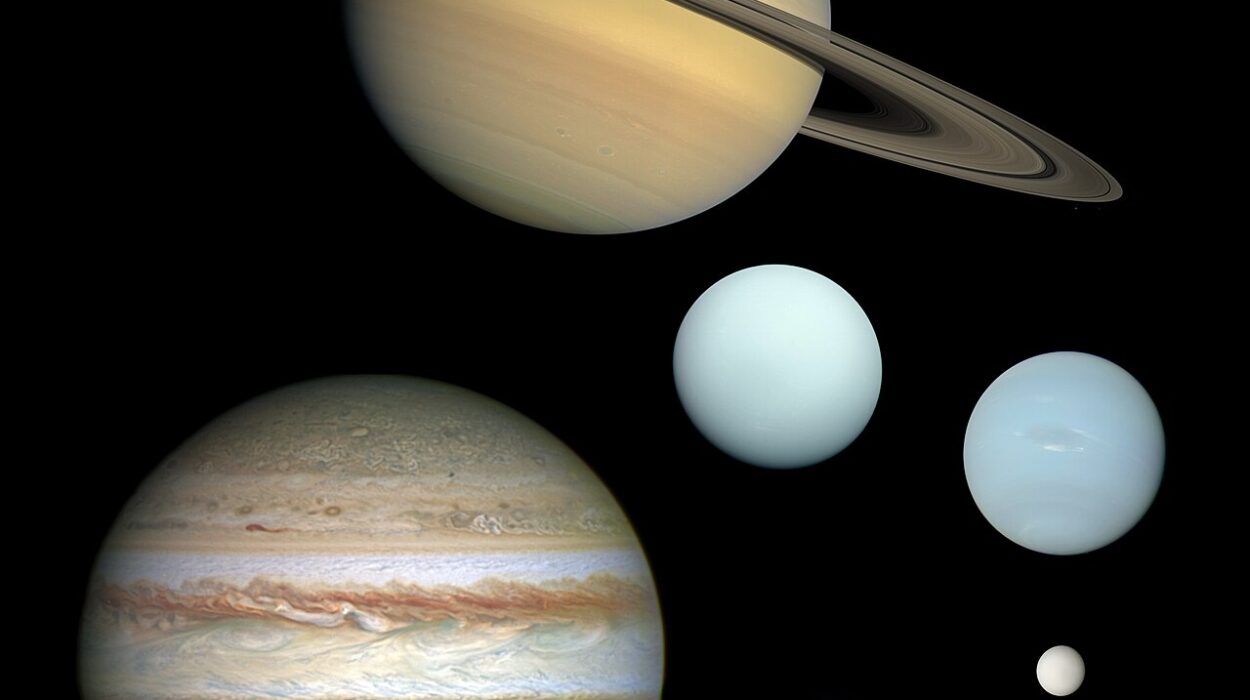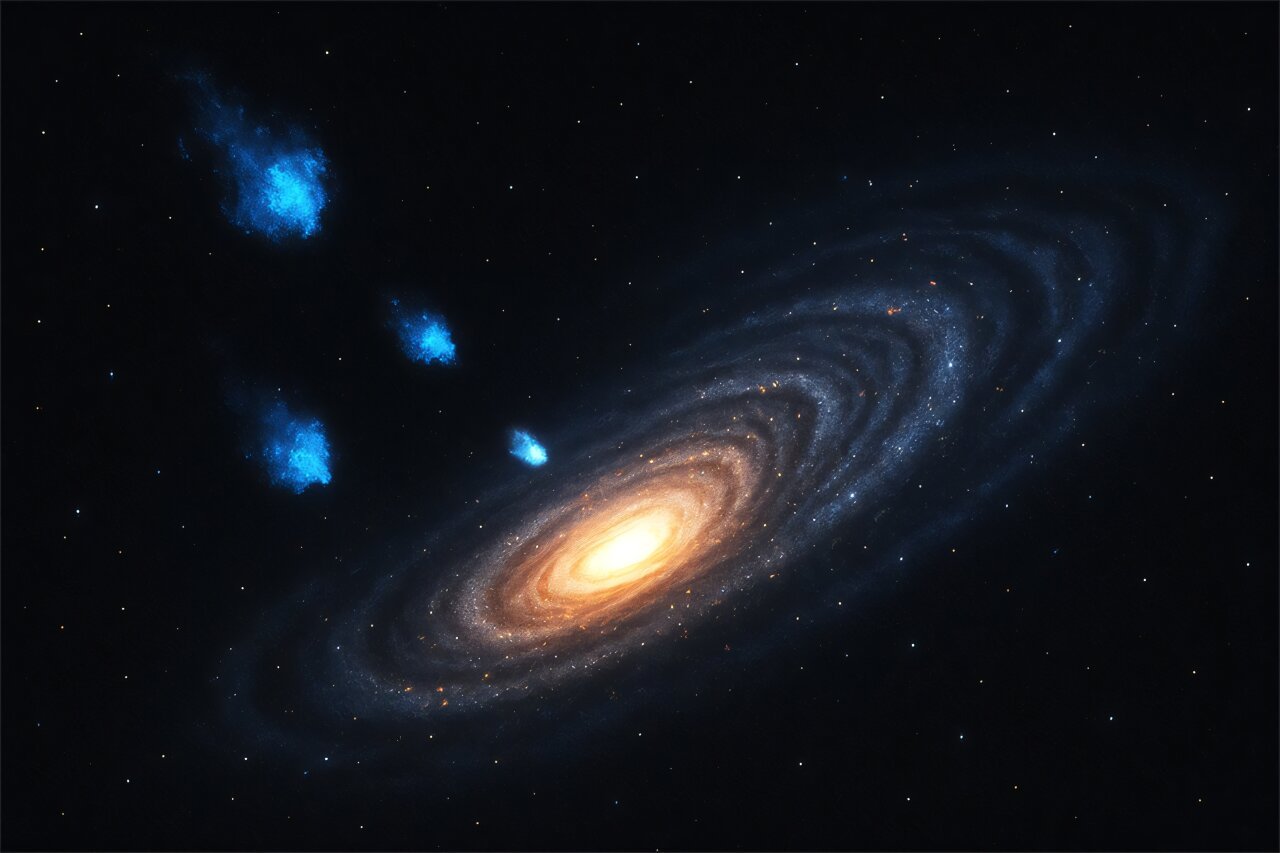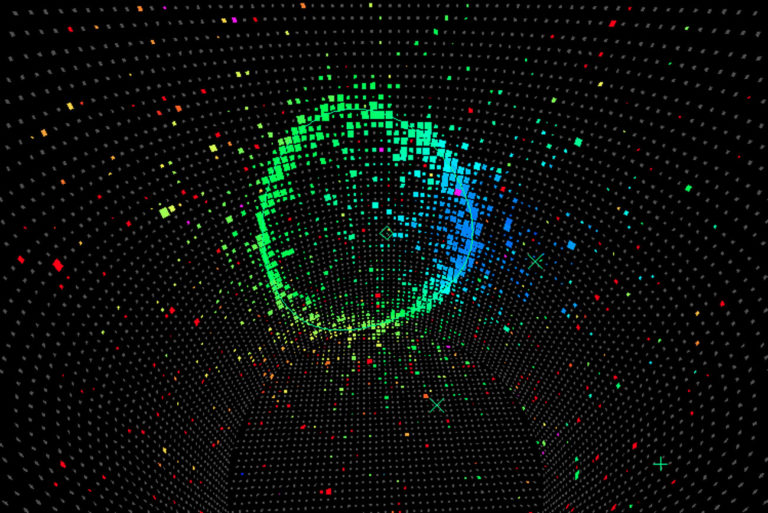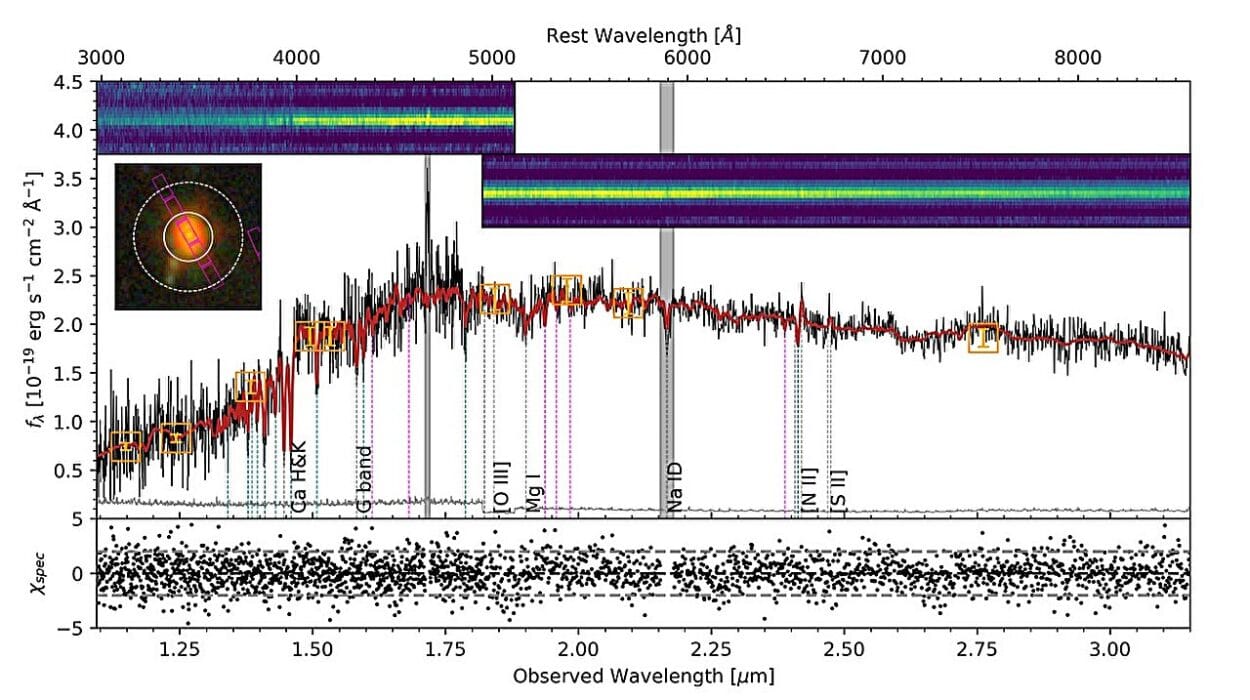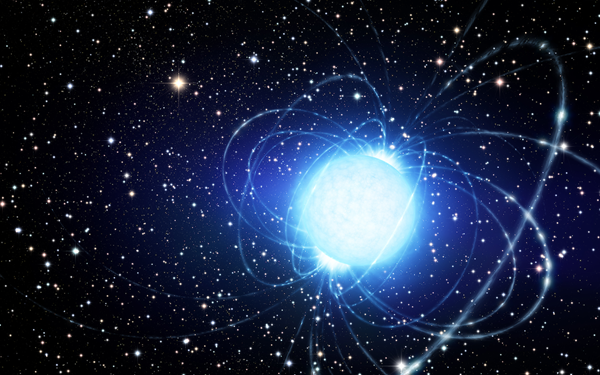The universe never ceases to surprise us. Just when astronomers thought they had a firm grasp of how massive galaxies evolve, a cosmic revelation challenges our understanding. Using the unparalleled capabilities of the James Webb Space Telescope (JWST), scientists have identified an extraordinary galaxy, XMM-VID1-2075, residing more than 12 billion light-years away. What makes this discovery remarkable is not just its distance but its surprising maturity and calm rotational behavior, a combination rarely seen in galaxies from this early epoch.
A Window into the Early Universe
High-redshift galaxies—those whose light has traveled for billions of years—offer a glimpse into the universe’s formative years. Observing them is like looking back in time, allowing scientists to witness the early stages of galaxy evolution. Among the most intriguing of these cosmic structures are “slow-rotator” galaxies, massive systems that have stopped forming stars and rely on the random motions of their stars rather than rotation to maintain structural balance.
In the nearby universe, slow-rotators are uncommon, typically massive, and often found in dense galaxy clusters. Their formation is thought to involve a history of mergers and interactions that disrupt ordered motion. But until now, no slow-rotators had been confirmed at redshifts beyond 2.0. The discovery of XMM-VID1-2075, at an astonishing redshift of 3.45, pushes this boundary further than ever before, revealing that such mature, massive systems existed when the universe was less than two billion years old.
The Discovery and Observational Campaign
The journey to uncover XMM-VID1-2075 began with careful selection from near-infrared surveys. Led by astronomer Ben Forrest of the University of California, Davis, the team identified this galaxy in the VISTA Deep Extragalactic Observations survey catalog. Its brightness, high photometric redshift, and notably red spectral energy distribution flagged it as a promising candidate for follow-up study.
JWST provided the essential tools for confirmation. Using its Near Infrared Spectrograph (NIRSpec) and Near Infrared Camera (NIRCam), astronomers conducted detailed spectroscopic observations, measuring stellar motions and other key properties. These instruments allow scientists to peer through cosmic dust and precisely analyze the galaxy’s stellar content, even from across the vast expanse of space and time.
A Massive and Mature Galaxy
The observations revealed that XMM-VID1-2075 is astonishingly massive, containing roughly 330 billion times the mass of the Sun. Yet, despite this immense stellar population, it shows an extremely low star formation rate of less than one solar mass per year. In other words, it had already matured into a galaxy that had largely ceased birthing new stars, a trait typically seen in galaxies much closer to us in both space and time.
Moreover, the galaxy’s stellar kinematics were striking. The team measured a velocity dispersion of 379 kilometers per second, a value indicating that stars within the galaxy move in random, chaotic paths rather than orbiting in a coherent rotation. Such behavior is the hallmark of slow-rotator galaxies.
The Shape and Structure of XMM-VID1-2075
Beyond its stellar mass and motions, the galaxy’s structure tells a story of past interactions. Its semi-major axis measures approximately 7,300 light-years, and its ellipticity is 0.11, resulting in a circularized effective radius of 6,500 light-years. While slightly smaller than local slow-rotators, the galaxy’s low surface brightness asymmetries and estimated spin parameter of 0.1 strongly suggest a history of mergers. These cosmic collisions are thought to have scrambled the galaxy’s rotational motion, transforming it into the slow-rotating system observed today.
The evidence paints a vivid picture: XMM-VID1-2075 is not just a massive galaxy; it is a relic of early cosmic evolution, already exhibiting the characteristics of the most massive galaxies in the nearby universe.
Challenging Conventional Wisdom
The discovery of XMM-VID1-2075 challenges long-held assumptions about galaxy formation. Until now, astronomers believed that slow-rotator galaxies would be exceedingly rare at high redshifts, given the universe’s youth and the expectation that early galaxies were still rapidly forming stars. Yet here is a galaxy, billions of years old in cosmic terms, already quiescent and dynamically evolved.
This finding underscores the importance of mergers in the early universe. The galaxy’s structural and kinematic properties indicate that interactions with other galaxies were likely critical in shaping its current form, transforming it from a potentially fast-spinning, star-forming system into a massive, stable, slow-rotator.
Implications for Galaxy Evolution
XMM-VID1-2075 provides astronomers with a unique laboratory to study the formation and evolution of massive galaxies. Its existence suggests that the processes driving the maturation of massive galaxies—mergers, quenching of star formation, and kinematic transformations—were already underway within the first two billion years after the Big Bang.
This discovery also invites a reevaluation of galaxy evolution models. How common are these early slow-rotators? Could other massive, quiescent galaxies be lurking in the distant universe, waiting to be unveiled by JWST? Each new observation helps astronomers refine their understanding of the cosmic timeline and the forces shaping the largest structures in the universe.
A New Era of Cosmic Discovery
The identification of XMM-VID1-2075 is more than a single discovery—it is a testament to JWST’s transformative power. With its unprecedented infrared sensitivity and spectroscopic capabilities, JWST allows astronomers to explore galaxies that were previously invisible, pushing the boundaries of what we know about the early universe.
As scientists continue to survey the distant cosmos, discoveries like XMM-VID1-2075 will shed light on the mysteries of galaxy formation and evolution, revealing a universe more complex, diverse, and dynamic than ever imagined. Each distant galaxy becomes a storyteller, carrying the secrets of cosmic history across billions of years to our telescopes.
Looking Forward
XMM-VID1-2075 stands as a milestone in our understanding of the universe. Its existence confirms that massive, evolved galaxies could form far earlier than previously thought, emphasizing the critical role of mergers in shaping the cosmos.
For astronomers, this discovery is both a triumph and a beginning. With JWST just beginning its mission, the cosmos is poised to reveal more surprises, from distant galaxies to the first glimpses of stellar birth in the infant universe. As we continue to peer deeper into space and time, each new observation reminds us that the universe is not only vast but full of stories waiting to be told—and XMM-VID1-2075 is one of the most captivating tales yet.
More information: Ben Forrest et al, A massive, evolved slow-rotating galaxy in the early Universe, arXiv (2025). DOI: 10.48550/arxiv.2508.10987
